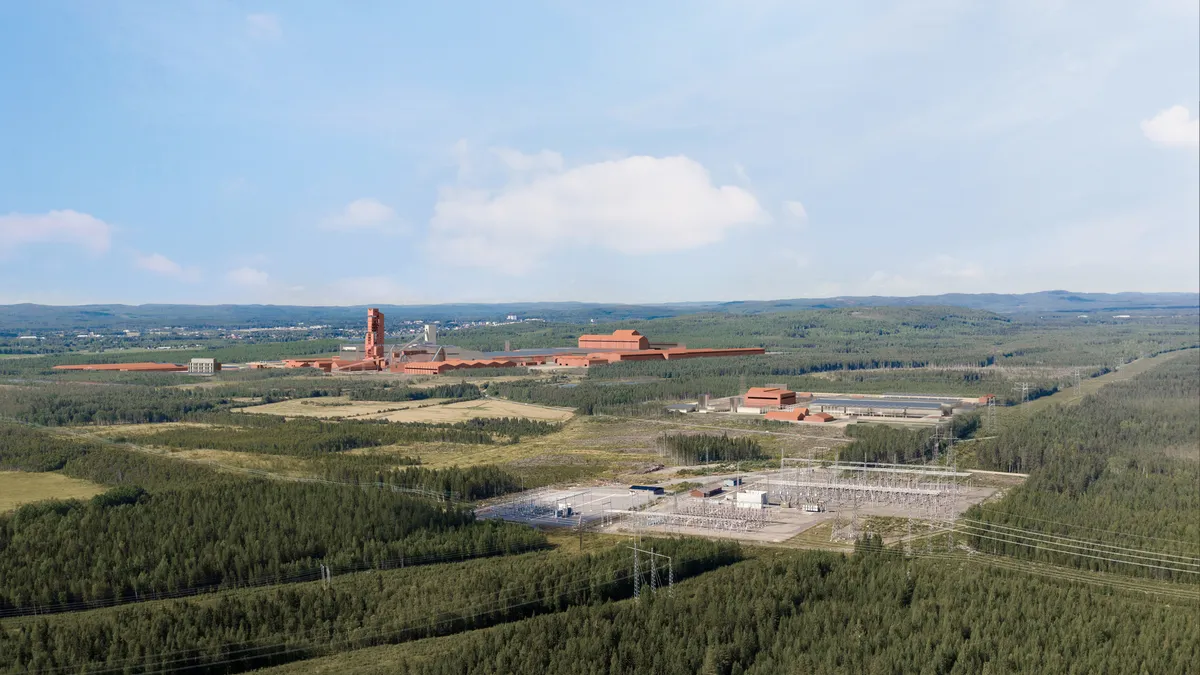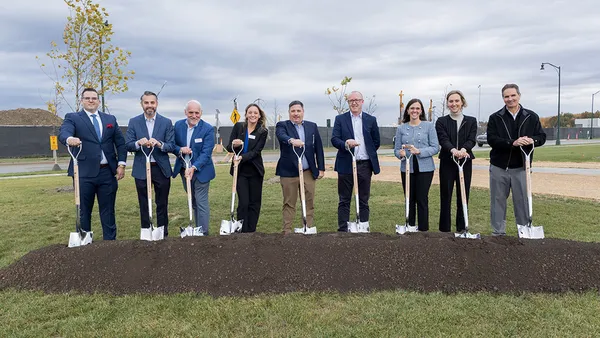A study of the public-private partnership project delivery method has some cautionary advice for governments and contractors considering them.
Entitled "Highway Robbery: Public Private Partnerships and Nova Scotia Highways" by the Canadian Centre for Policy Alternatives, the study urges jurisdictions to stop using the model to build highways. The report concludes that governments should instead employ traditional public procurement, based on its findings that contracting out services through a P3 is more expensive than public procurement, has the potential to compromise highway safety, needlessly duplicates government services and lacks mechanisms for public accountability.
“Public infrastructure and services should remain fully in the public sphere,” said lead author Christopher Majka. He told Construction Dive that although his study looked at Canadian P3s it has ramifications for U.S. projects as well.
The Centre says it is an independent, non-partisan research institute focused on social, economic and environmental justice issues. It claims to be one of Canada’s leading progressive voices in public policy debates.
The study examined the Highway 104 Western Alignment in the province of Nova Scotia and found it cost $232 million more in Canadian dollars (about $175 million in U.S. currency) to build, finance, operate and maintain as a P3 project than it would have as a government-financed, delivered and maintained project. It urged political leaders to return to employing traditional public procurement methods.
Because governments can borrow money at lower rates than the private sector, Majka said, it makes sense for them to finance public infrastructure projects. For example, one reason for the added cost of the 45-kilometer Highway 104 was financing of the project, the report states, because private bonds that were used had interest rates of more than 10% while government bond rates were 5.7%, adding an extra $102 million to the project over 30 years.
Another big ticket item was $121 million Canadian for the infrastructure of a toll plaza, the operational costs, and paying a 10% management fee to the operator, he said, because if the project had been funded by regular government taxation and not by tolls there would have been no need to build the infrastructure.
The report also analyzed a P3 project that is currently taking bids in Nova Scotia, the Sutherland’s River-Antigonish Highway 104 expansion, and found that it could cost $66.6 million more in interest payments than it would cost to finance the project through government bonds.
"Construction costs of the project as a P3 are $52.6 million more than what government currently pays for constructing identical lengths of twinned highway through normal procurement. These two items would add $119.2 million in extra costs to the project," the report reads.
The study also found fault with the way that P3s bundle all components of a project, including design, construction, financing, maintenance and operations, into a single contract. Majka said this reduces competition and increases the cost.
"Rather than soliciting bids on each of these components from private contractors – and hence getting the best price – a single contract sole-sources all of the elements of an infrastructure project to only a single contractee," he told Construction Dive.
The advantages often cited to support P3 developments such as time and cost savings and shifting risk allocation to the private sector have little to recommend them, added Majka, a research associate.
"They provide either no advantage or are as easily achievable through traditional government procurement," he said. "Additionally, the lack of transparency and accountability surrounding the P3 model is a significant drawback.”
The study also reported that there is no evidence that the procurement and delivery of highways via P3s results in highways that are any safer than those built through traditional public procurement, and which are operated and maintained by the government.
Success in the U.S.
P3s are commonplace on highway projects in the U.S. and many departments of transportation rely on them heavily to help design, build and finance their work.
During last week's Design-Build Conference 2019 in Las Vegas, Darryl D. VanMeter, assistant P3 division director at the Georgia Department of Transportation, said that the approach is a natural fit for his transportation projects.
During an educational session, he said the goals of a P3 align with his agency’s needs. The Georgia DOT is overseeing multiple P3s such as the $800 million improvement of Interstate 285 in Atlanta, expected to be complete next year.
“When you think about it, most DOTs across the country have as their charge to design, plan, construct and operate a transportation system and one of the key aspects of P3s is that they really consider lifecycle costs,” he told the audience at the conference sponsored by the Design-Build Institute of America (DBIA). “So working on a P3 is really about thinking like a DOT does.”
P3 arrangements pair public entities with private investors to create projects that range from toll roads and highways to airports, government buildings, schools and universities. They are seen as an innovative way for municipalities to get much-needed infrastructure upgrades without cutting corners or breaking public taxpayer-funded budgets.
Canada has been a global leader in utilizing P3s to address infrastructure needs, dating back to 2009 when the Canadian government launched “PPP Canada” to promote greater adoption of the P3 model nationwide, according to FMI Corp. In addition, the “Canadian Council for Public-Private Partnerships” was established in 1993 to encourage and promote the P3 model across industry stakeholders.
The Canadian P3 market has successfully reached financial close on over 250 projects, accounting for more than $120 billion over the past 25 years, according to FMI.
However, some large U.S. construction firms including Granite Construction and Skanska have moved away from the delivery method for all types of projects in recent months, citing increased risk that often leads to disputes.






















